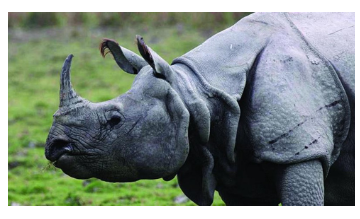29 Oct 2024 13:50:57 pm
Tags : One-horned Rhinoceros

Topic: Biodiversity
Why in the news?
Source: The Hindu
About One-horned Rhinoceros:
Kaziranga National Park:
0 Comments

© 2026 Catalyst IAS All Rights Reserved.